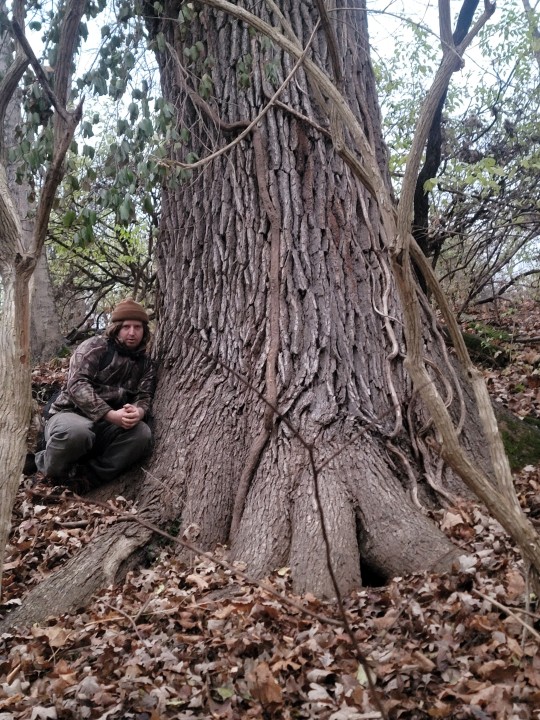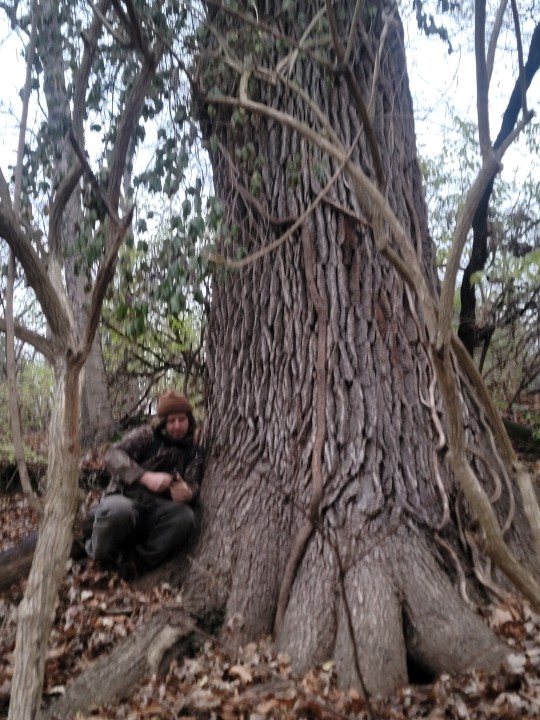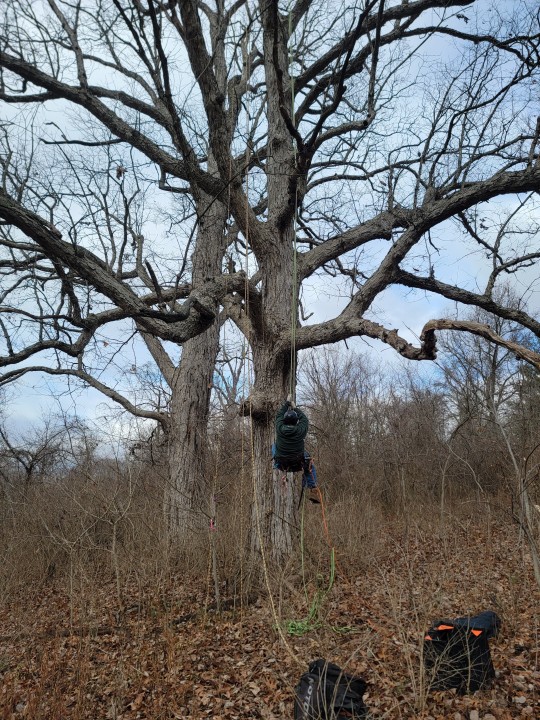Photo
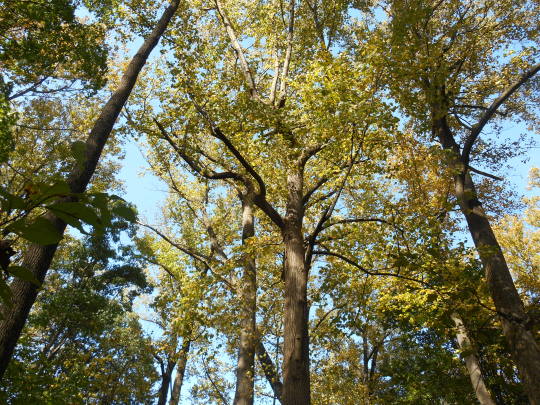


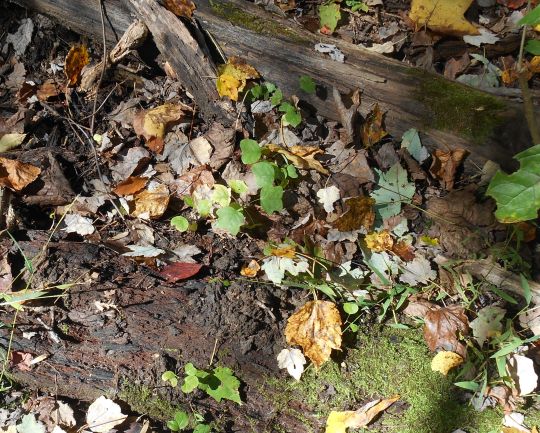
Cathedral-like mesic Piedmont forest of huge tulip poplars, with tiny seedlings sprouting in a rotting nurse log.
60 notes
·
View notes
Text
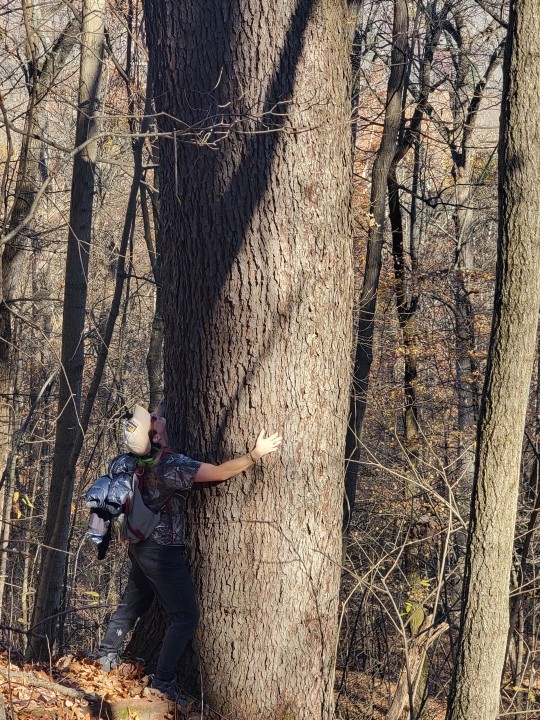
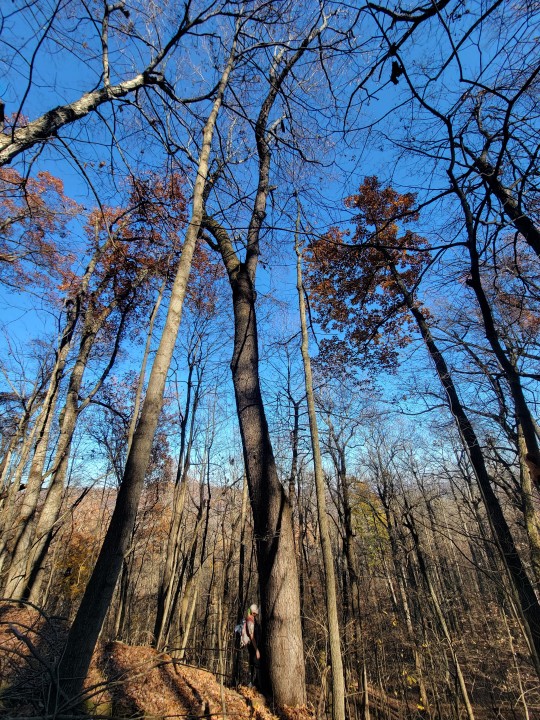
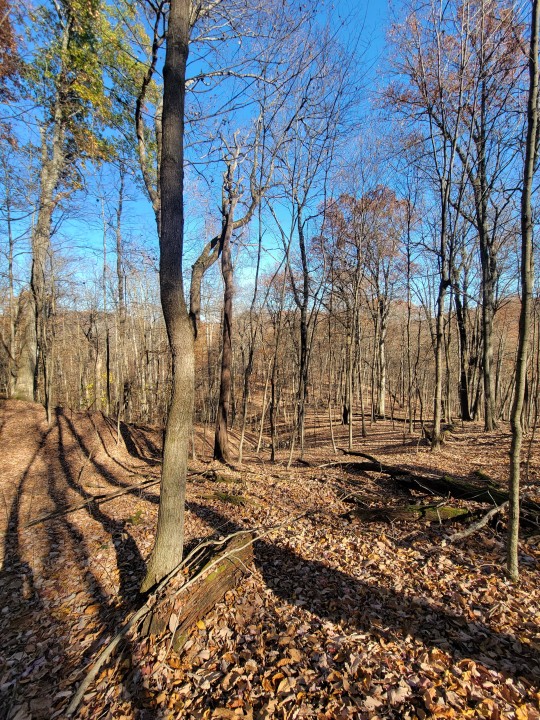

Prunus serotina
50 dbh 90 ft tall black cherry tree, largest one ive ever seen forest grown, oldest one ive ever seen too. growing on a shale ridge in essentially oak duff and rock. Perhaps even one of the oldest in the state. Fort hills oldest trees are said to be easily in the 300 range. 4 beech trees 2 sycamores 5 tulips and many chestnut oaks are within the older range. The vast majority of trees are easily over 100 years old in this forest making it one of the best and largest sections of old growth stands in Ohio.
Fun fact!, did you know that pure old growth and even state regulated old growth are so strict in defenition that within the United States the only Pure old growth with full ecology intact is in alaska. Thats right ! Red Woods are even considered unpure. Very sobering. DNR based oldgrowth is based around the ammount of oldgrowth core species left in the stand and certain limitations of ecological interactions as well as ecosystem stability and the lack of invasives. In contemporary and non vigorous framing. An old growth forest is a non secondary stand of forest that maintains a randomized height and age limit where there are more trees over 150 Years or more in age than younger growth, forbe grass shrub and other layers are somewhat maintained and have little species specific loss from what would of been historically there. So while this forest would hit the 3rd def of old growth forest its defenetly not pure nor is it technically a DNR def of old growth. Old Growth stands (not forests are considered to be sections of forest in nature preserves that are older than settlement) which is why im using that language.
31 notes
·
View notes
Text



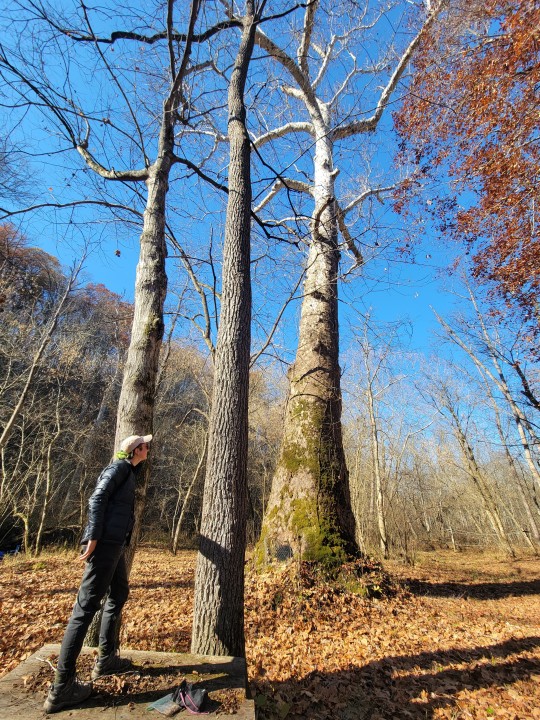
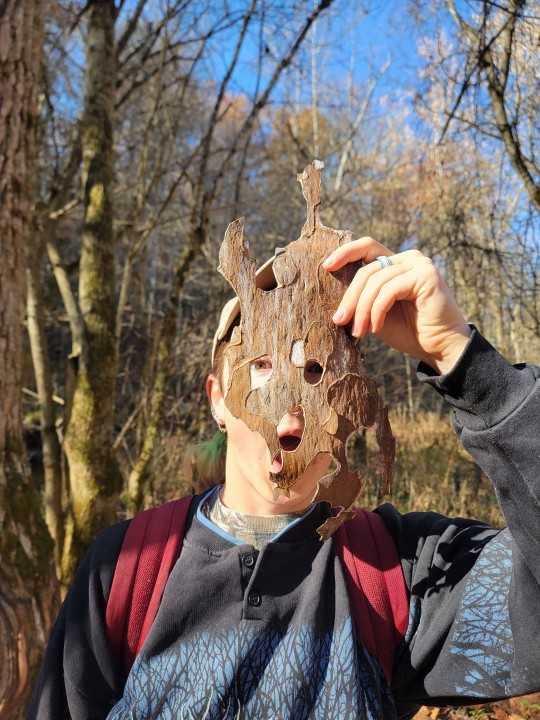
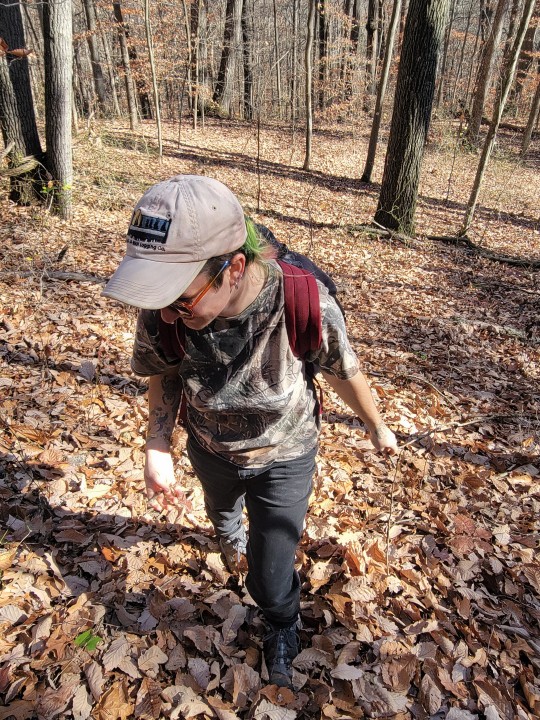
American sycamore, "lucy braun sycamore" Fort Hill SNP, Adams co. OHIO. 110 ft tall, single stem, 95 dbh , Jaden for scale. Platanus occidentalis
153 notes
·
View notes
Text



Ive seen people do pre directs before to keep inline and limbs under compression but we also can use it for an srs whip canopy tie triangled mrs system. Doing limb walks on long limbs for tip reduction with no scaffolds requires stability, if you need a foot hold for better work position loop slings on the trunk work great. Second set is using a rigging line, non life support, as aid in a blakes mrs configuration to get out to a position of stability before safteying in, then utilizing the rigging line to rig.
6 notes
·
View notes
Text

Alpine mountain lake - Adlerweg, Tirol, Austria, October 2022
photo by: nature-hiking
974 notes
·
View notes
Text

That time of year when the ginkgoes are laying down the golden carpet.
8K notes
·
View notes
Text


Love fall and going to miss this view, big fat elm with major canopy sprawl is clear as day in fall. Im moving to a new sect of cinci but this is the last topographically unaltered hill top in cinci. Wild and sad to think about.
10 notes
·
View notes
Text
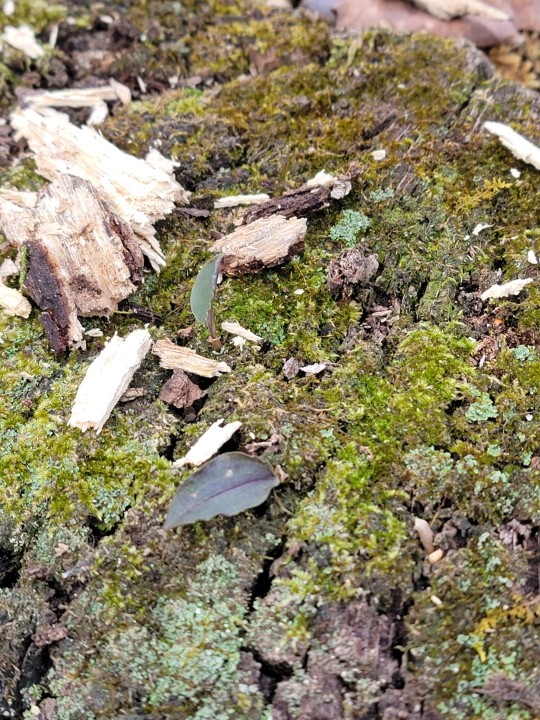
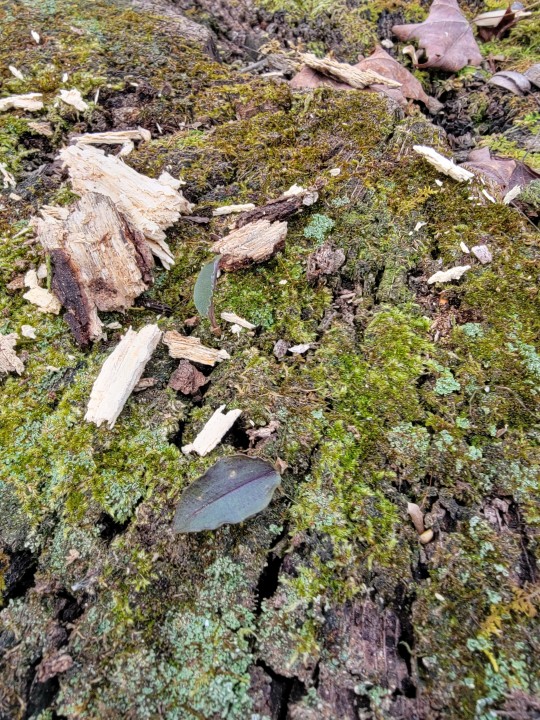

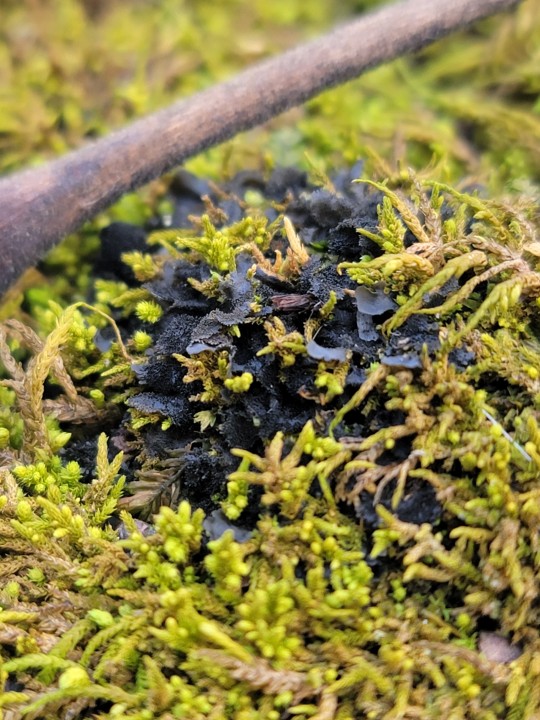

Ok so im gonna bring this up since i thought it was there to add a cool fact and or refresher habitat point. Tipularia discolor is associated with well decayed wood specifically with a late stage white rot inorder for protocorm developememt to start. (Buzzardroost, adams co, edge of ap, tnc, Ohio)
Ok, more jelly lichen! ^
Another species with a look a like or 3. Good thing this family is ok for the vast majority.
Though, some are even different genus. First off I dont think that this looks like a tattered moss eating jelly or leptogium or scytinium but its worth mentioning them since a few sources do. As for Collema, this in theory should be Collema flaccidum, only isidiate with smooth lobed thallus seems right. Ive seen Collema subflaccidum on trees and it is not super common imo in the upper ilp but its the most common Collema in the smokies, known for arboreal habits and is smooth and lacks isidia, often called smooth folded jellyskin lichen.
Below are two ilp examples, one C. subflaccidum from sandstone at rrg from creation falls area, the other is from wilderness trail in adams county.
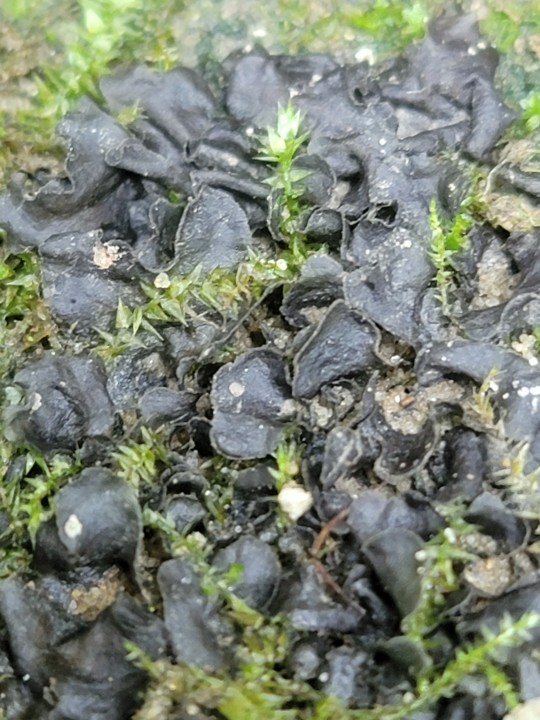


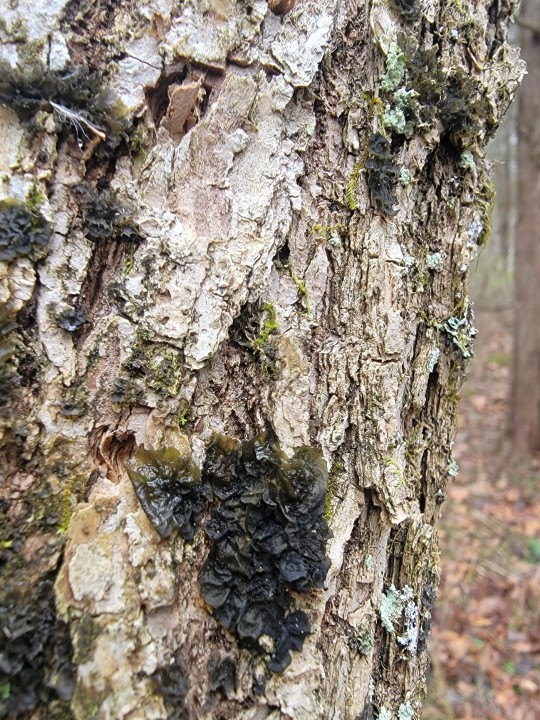

The other lichens look too pelt like and intricate in my opinion but are also mentioned ( Collema pulcellum var. Leucopepum (apothecia be bumpy and pruinose with cool undulate grooves that look like it should be isidiate but isnt and has a large mostly appressed thallus with smooth patches) and C. furfuraceum (literally the same look but has isidiate bumpy ridges and has long conspicuous ridges intead of those dot like bumps.))
Bottom two are isidiate so Collema flaccidum and are saturated so give off more of the textbook look visually.
1 note
·
View note
Text





A TOUGH ONE, here me out thats a lot of clustered apothecia, much of which is so codenced that it hides a good portion of it's thallus; however, its still got a section exposed of foliose lobed thallus. If the apothecia were more dense and risen like a warty rugose black crust, more rounded and more or less hiding the entire thallus, it would be Collema conglomeratum(SPORE HUDDLE LICHEN). Collema conglomeratum is often found on humid hillsides on old weathered white oak bark associated with good air quality. Its considered mostly arborial or 99% of the time tree dwelling. Still I didnt know that till looking that up. Very niche specific. The lichen above is on its standard substrate, frequently wet calcareous rock ( under a shelf on a limestone shelf of a waterfall )more specifcally the location of tunnel falls, clifty falls sp. Madison, IN for records sake.
Collema coccophorum, frog jelly lichen.
4 notes
·
View notes
Text
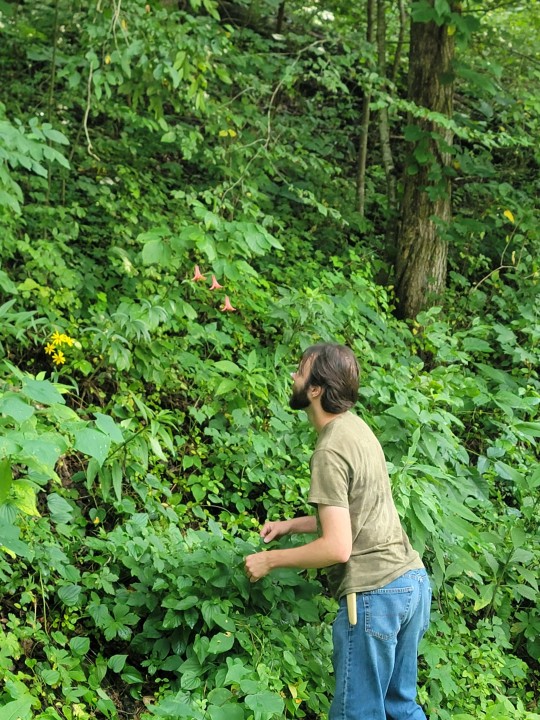

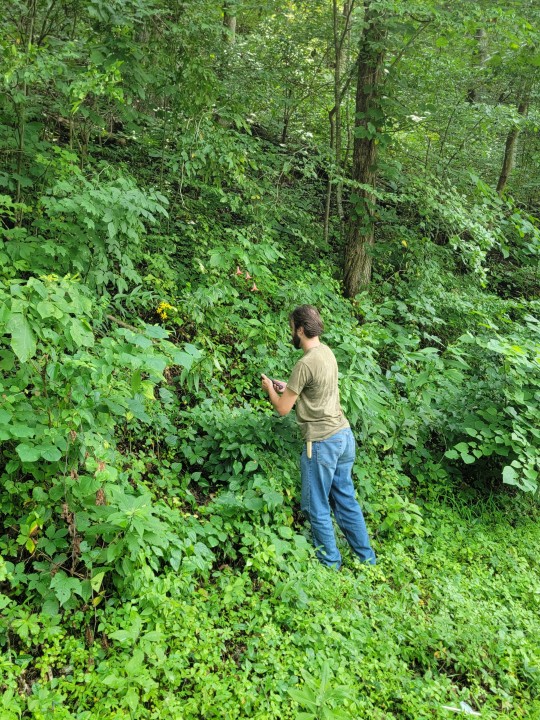


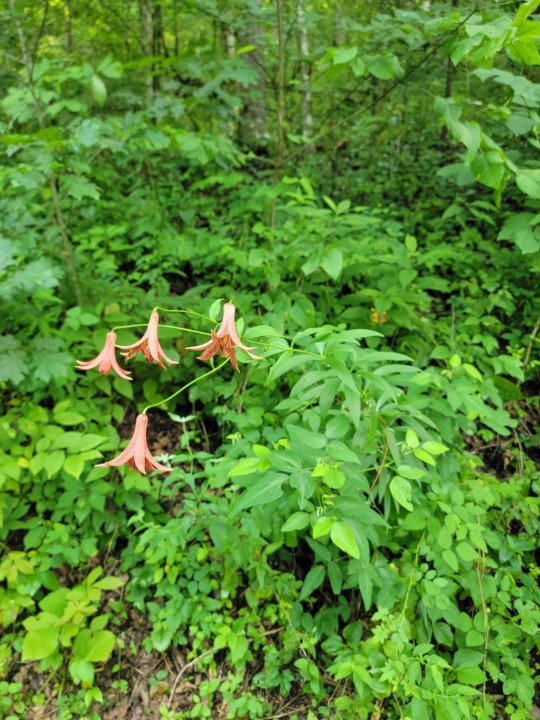

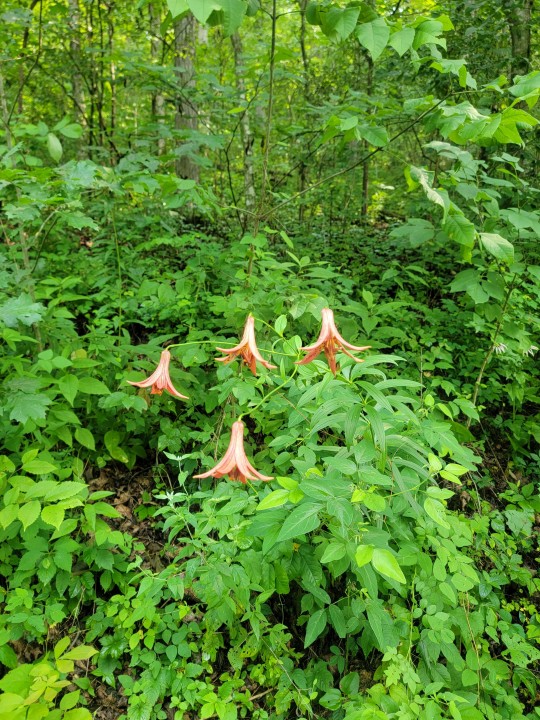
More summer memories: Nothing like driving around Dan Boone National Forest in Ky checking in on the glorious ecotone that is mesic roadside cuts and dry roadside cuts. where the edge of the forest meets sunlight and light competition is more or less reduced there often examples of seldomly seen plant groupings in core but in abundance in edge depending on the health of the forest.
William, mid stoke.
Lillium canadense
Canada lily
19 notes
·
View notes
Text

Still obsessed with this ancient tulip poplar, it'll probably make it a couple hundred years more, no telling how truly old it is.
This behemoth is growing in a ravine associated with dolomite shelves in adams county ohio.
Liriodendron tulipifera
20 notes
·
View notes
Text



From last fall: One of the reddest reds on the landscape, associates with ericaceous heath belts with minimal light competition. So mainly dry sandstone with shallow nutrient poor soils and good drainage or sandstone barrens. Due to slow growth and an acidic weathering effect associated with the bark cortex and the water retention these species also tend to have incredible lichen diversity.
Citheronia regalis horn devil larva are associated as the primary moth that eats these leaves.
Oxydendrum arboreum
Sourwood, or some call it sour bark tree, chewing on the bark and active phloem was once common practice to alleviate the nerve pain associated with toothaches. The leaves themselves are an anti-gas, anti-inflammatory laxative(strong one at that). In some cases a tea can be made of the leaves that also aids in other issues and have been used to treat urinary infections by native people and early settlers to the Appalachian mountains and ilp.
Right now at llanfair permaculture we have an interesting soil dynamic that may be accessible for species like this due to good drainage and high organic comp as well as good lighting, the other thing is that these seeds don't seem to require any specialized treatment to germinate.
https://www.jstor.org/stable/3799771
72 notes
·
View notes

